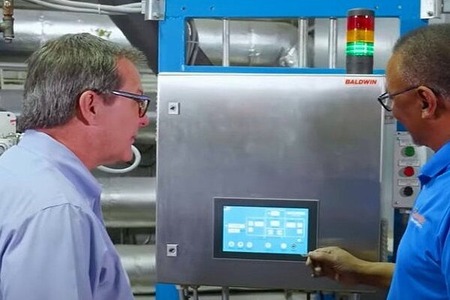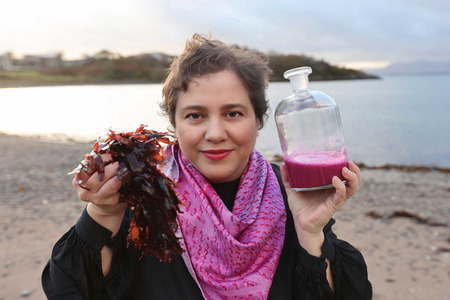DTI with technology mission to rejuvenate Mindanao Silk industry
YarnsandFibers News Bureau 2017-02-01 10:00:00 – Bukidnon,The Department of Trade and Industry (DTI) Bukidnon Provincial Office to revitalize the Mindanao silk industry joins the technology mission organized by Northern Mindanao Technical Working Group (TWG) to benchmark the silk industry in Negros Occidental.
The activity aims to learn more about the potentials of the industry, study the technologies needed to improve the current practices in the region, as well as explore the possibility of forging a partnership between the different agencies in Northern Mindanao and the leading silk manufacturer in the country today.
Mindanao silk drew special attention last June when President Rodrigo Duterte preferred to wear a Barong (an embroidered formal shirt considered as the Philippines’ national dress) made of silk woven by the ABAI (from Ayala Beneficiaries Association, Inc.) women loom weavers in Laguindingan during his inauguration in Malacañang.
Key government agencies in the region, together with local designer Melody “Mimi†Parrel-Pimentel, who created the inaugural ‘Barong’ of the President, and now the Presidential Fashion Consultant, are pushing for the revival of Mindanao silk.
The TWG visited the sericulture project of the Organization for Industrial, Spiritual and Cultural Advancement (OISCA) Bago Training Center based in Bago City. The center is spearheaded by Director Shigemi Watanabe.
Director Watanabe reported that a minimum area of 3,000 square meters could already provide the farmer’s family an additional P52,500-P57,000 gross income in a year.
The regional TWG acknowledged that region still lacks the essential machineries to produce silks, but the team is optimistic that with focused intervention for the industry, Mindanao silk would one day have its day in the sun.
Within its 26-hectare farmland and training center is its Silk Reeling Plant that produces 1-5 tons of silk yarn annually which accounts for 90 percent of the country’s total production. Around 80 percent of its silk products are sold to weavers in Aklan, and the remaining 20 percent to Manila dealers.
Their project already provided additional income for almost 200 local farmers engaged in sericulture and related activities such as taking care of mulberry fields and weaving.
According to its over-all training coordinator, Ms. Thelma Watanabe, the prospect of the silk industry in the Philippines is bright, as demand for it is growing every year. There is a large local demand for silk that is yet to be served.
Market Intelligence
Ask for free sample Report

experience
Customer Base
dedicated team
Countries Served Worldwide









